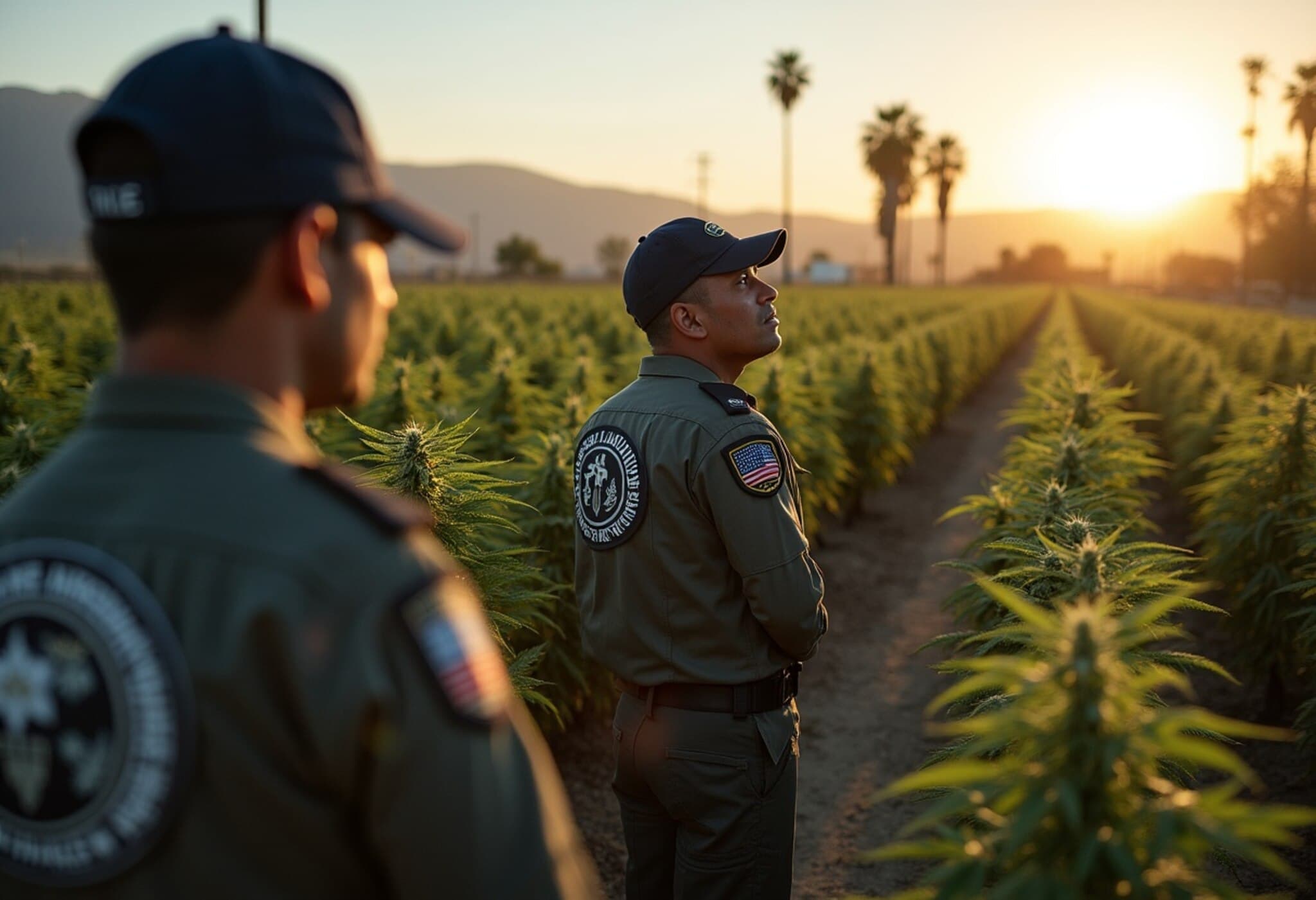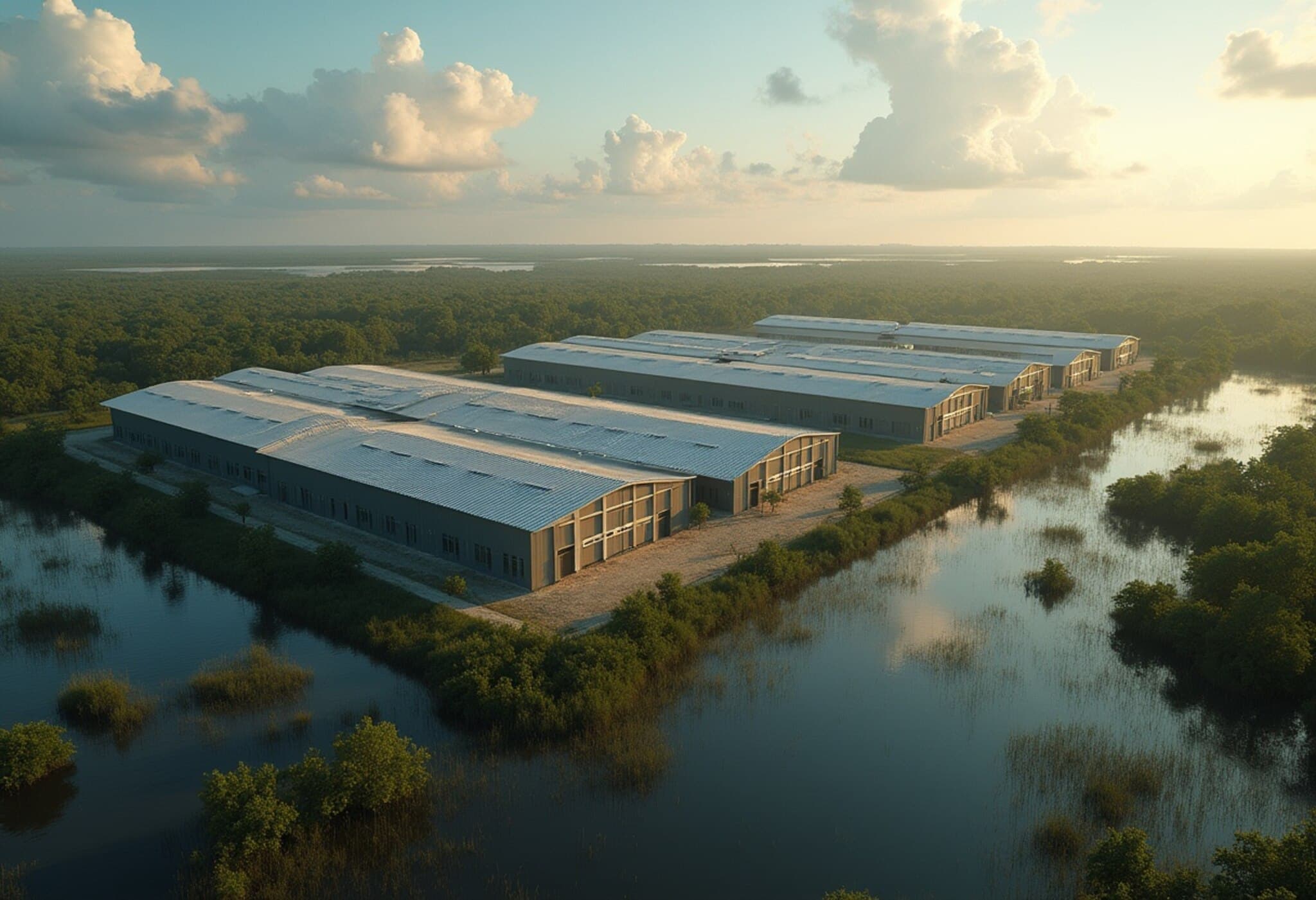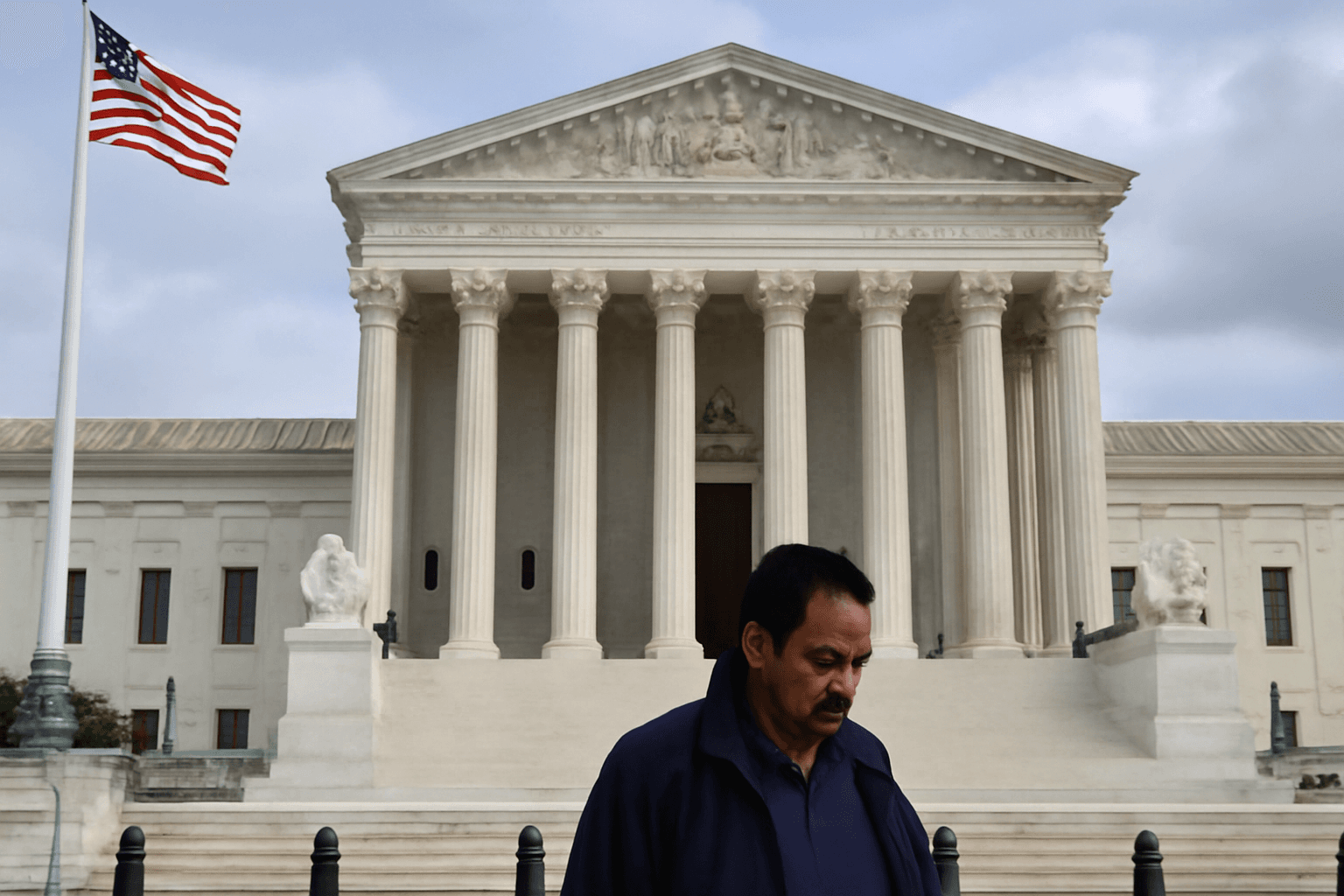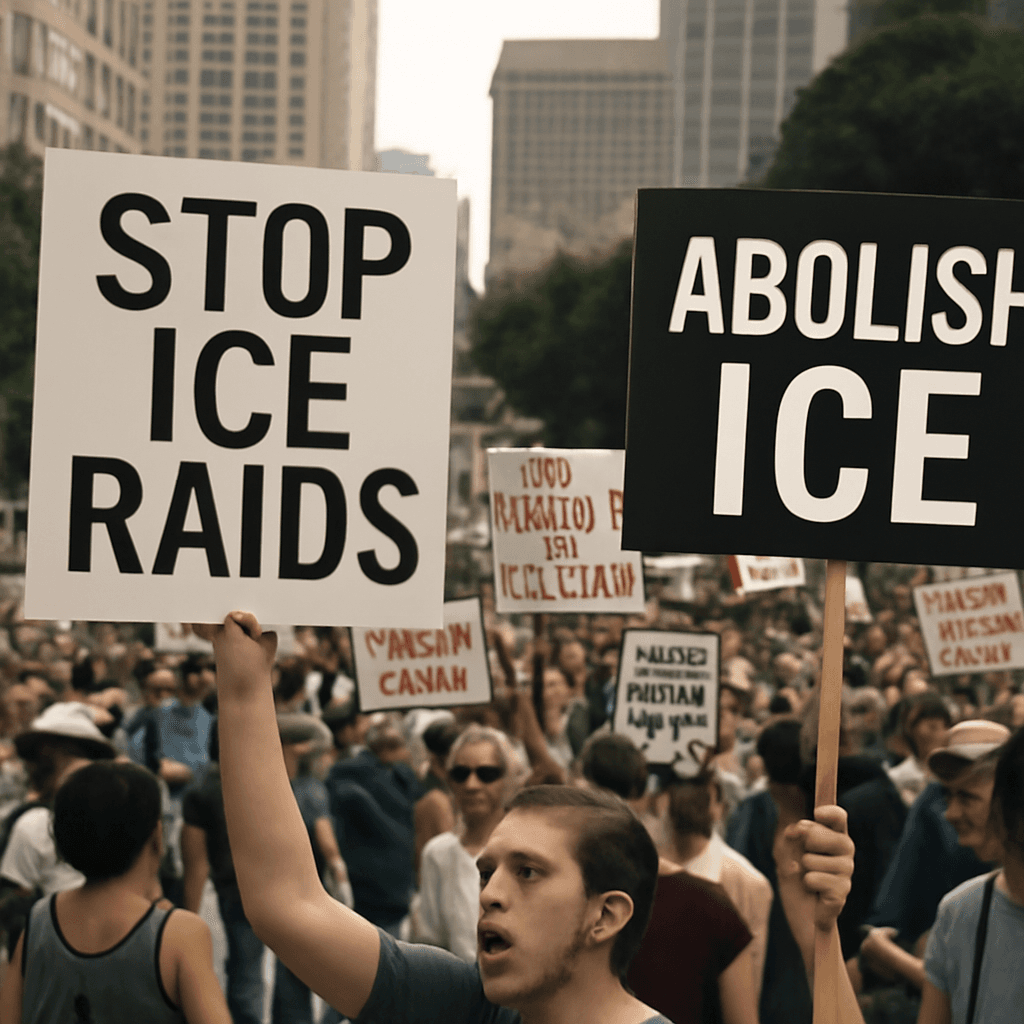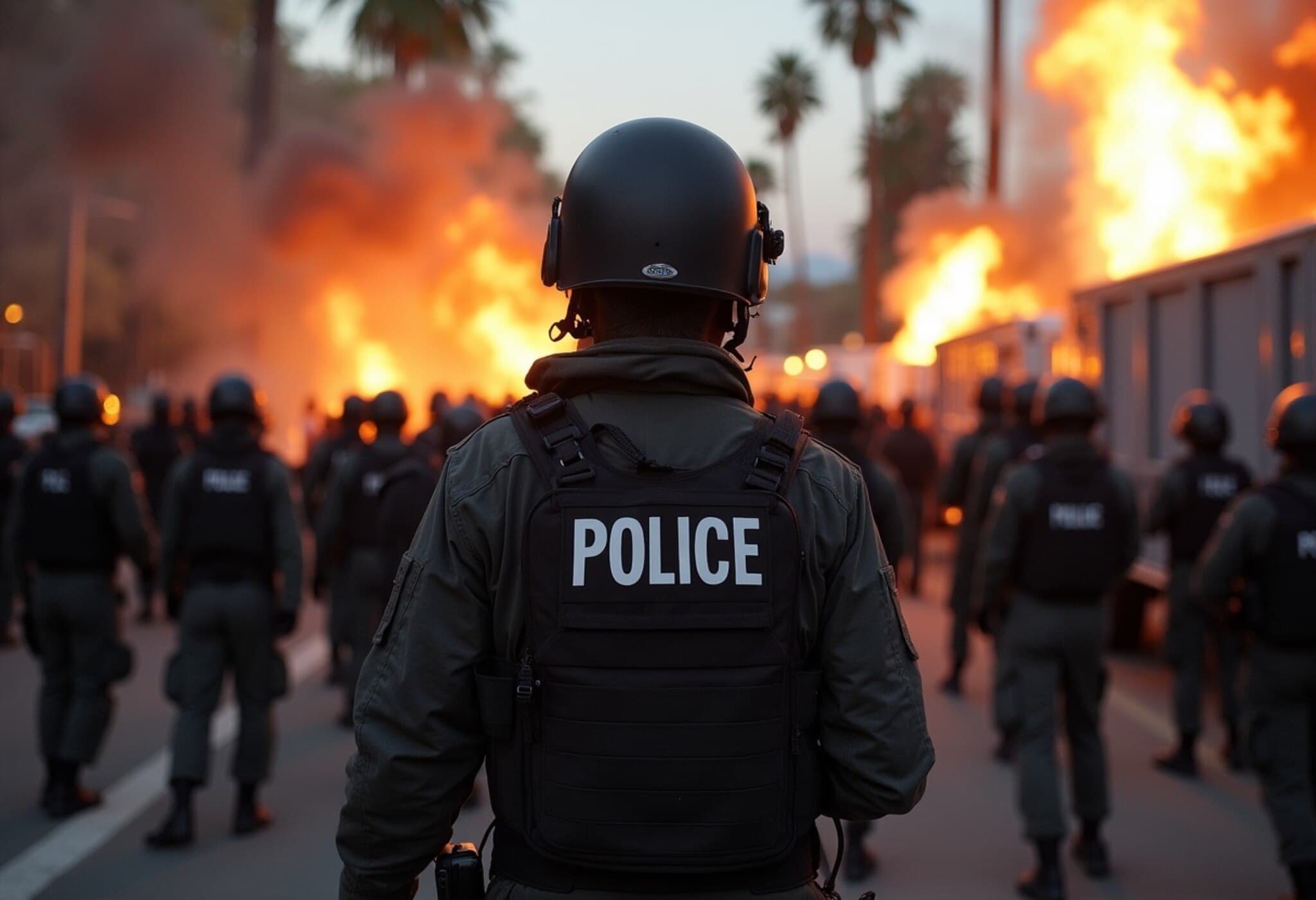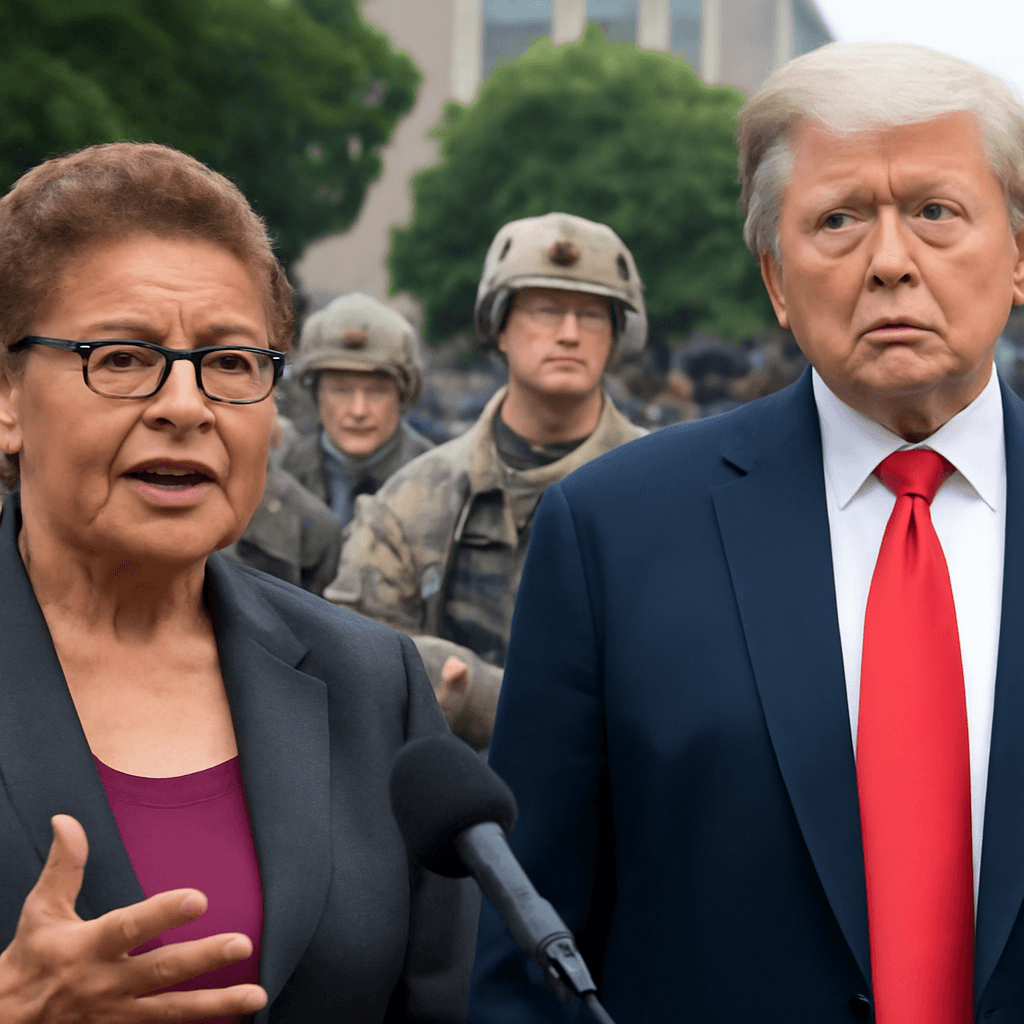Trump Grants Full Authorization to ICE for Self-Defense in California Protests
In a recent development that has stirred national debate over immigration enforcement tactics, former US President Donald Trump announced total authorization for Immigration and Customs Enforcement (ICE) agents to defend themselves amid escalating clashes with protesters in California. The announcement follows intense confrontations during coordinated immigration raids at cannabis farms in Ventura County, where federal agents encountered fierce resistance.
Violent Clashes at Ventura County Cannabis Farms
During simultaneous operations at two cannabis farming sites—one in Camarillo and another in Carpinteria—ICE officers faced a barrage of thrown bricks and rocks from demonstrators, prompting agents to deploy teargas for crowd control. Reports indicate more than 200 suspected undocumented individuals were taken into custody. One farmworker sustained critical injuries after a fall from a greenhouse roof, though Homeland Security officials have clarified he was not in ICE custody at the time.
The injuries and clashes underline the high tensions surrounding immigration enforcement in agricultural sectors, which have become battlegrounds for protests over workers' rights and immigration policy.
Political Fallout and Clashing Narratives
California Governor Gavin Newsom strongly condemned the raids, labeling them “inhumane” and accusing the Trump administration of instilling fear and chaos among immigrant communities. Newsom’s vehement criticism included a sharp response to Trump adviser Stephen Miller’s comments, further fueling the charged political climate.
In contrast, Trump criticized protesters for what he described as a “total disrespect for LAW AND ORDER” after watching footage of the confrontations. On his Truth Social account, he denounced the demonstrators as “slimeballs,” calling for their prompt arrest and demanding Homeland Security Secretary Kristi Noem and Border Enforcement Chief Tom Homan take decisive action against those interfering with ICE operations.
Internal Disagreement and Broader Implications
These raids proceeded despite recent internal guidance discouraging workplace immigration enforcement, particularly within agricultural contexts, unless linked to criminal investigations. This divergence within federal agencies hints at broader tensions over enforcement priorities and the political pressures surrounding immigration policy.
Beyond California, incidents of violence connected to immigration enforcement continue to surface nationwide. Notably, in Texas, multiple arrests and violent ambushes near detention centers have added urgency to the debate, illustrating the fraught and often dangerous environment ICE agents and communities face.
Expert Insight: Navigating the Enforcement-Community Divide
From a policy standpoint, these events illustrate a challenging intersection: the need to uphold immigration laws while maintaining community trust and safety. Experts caution that aggressive enforcement tactics risk alienating immigrant communities and fueling further unrest, raising questions about the long-term efficacy and humanity of current approaches.
Moreover, with agricultural labor heavily reliant on undocumented workers, enforcement actions in these sectors have significant economic repercussions, potentially destabilizing local economies that depend on this workforce.
Looking Ahead: Questions Raised
- How will federal agencies balance aggressive enforcement with community relations in diverse states like California?
- What mechanisms exist to ensure accountability and proportionality in the use of force during immigration operations?
- Could these confrontations mark a turning point in immigration policy, influencing future legislation?
Editor's Note
The unfolding events in Ventura County shed light on the complexities and human costs entwined with immigration enforcement in the United States. While the authorization for ICE to use force aims to protect agents, it also raises critical questions about civil rights, community impact, and the broader direction of immigration policy under polarized political leadership.
As tensions remain high, it is vital to monitor how these enforcement strategies evolve and the extent to which they contribute to either resolution or escalation in immigrant communities nationwide.

